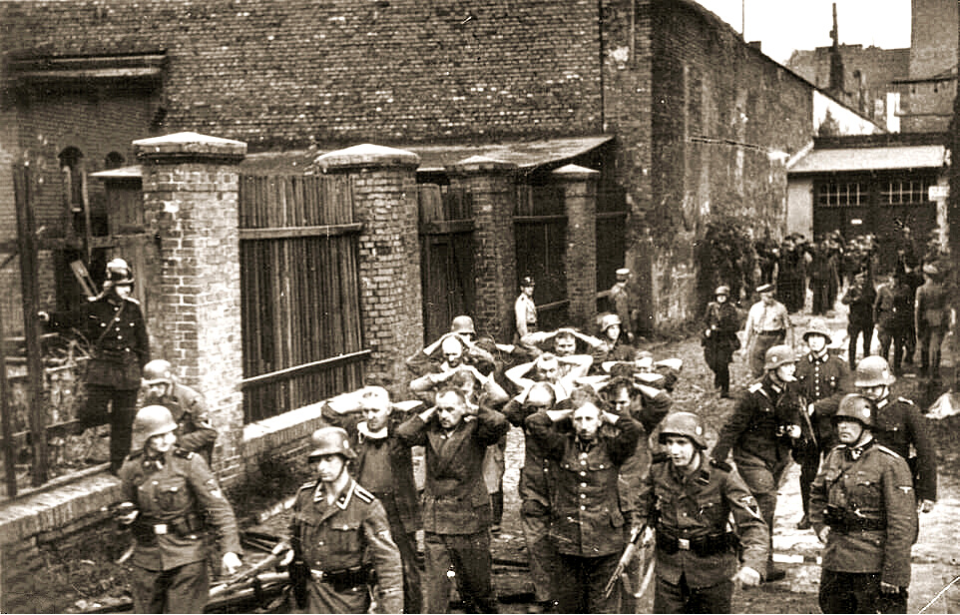The first official move of the Second World War was when the Germans invaded Poland on September 1, 1939. The attack was dubbed “Fall Weiss,” and had been devised as early as 1928. Among the first aspects of the invasion was an attack on the Polish Post Office in Danzig. That day, 56 people were stationed at the location and were able to hold off the Germans for a gruelling 15 hours.
Employees at the Polish Post Office were prepared for an attack
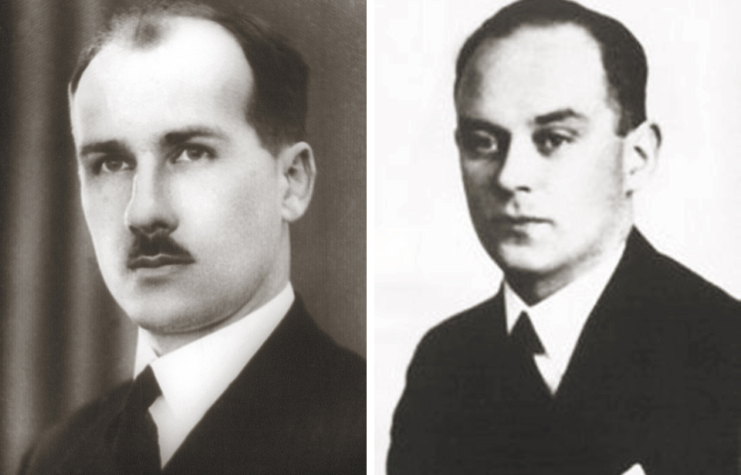
Before the outbreak of the Second World War, Danzig was a semi-autonomous region in Poland that was largely inhabited by ethnic Germans. The Polish Post Office fell under the protection of the League of Nations following signing of the Treaty of Versailles in 1920, and served as a pseudo-embassy for Poland.
The area was demilitarized and primed for an attack, which became even more clear as September 1939 approached. Tensions were running high between Poland and Germany, so the Polish High Command had sent combat engineer and Army Reserve Sublieutenant Konrad Guderski to Danzig that April.
Guderski began training the employees on how to defend the building for a timeframe of around six hours, the expected length of time it would take for the relief force with the Armia Pomorze to arrive. The weapons sent with him included three Browning wz. 1928 light machine guns, 40 other firearms and three chests full of hand grenades.
With no other soldiers around, Guderski made Alfons Flisykowski, a worker at the Polish Post Office, his second-in-command. The pair set up a defensive perimeter around and inside the building by cutting down trees, to minimize cover for an invading force, and reinforcing all of the entrances.
The Polish Post Office’s defenders repelled multiple German attacks
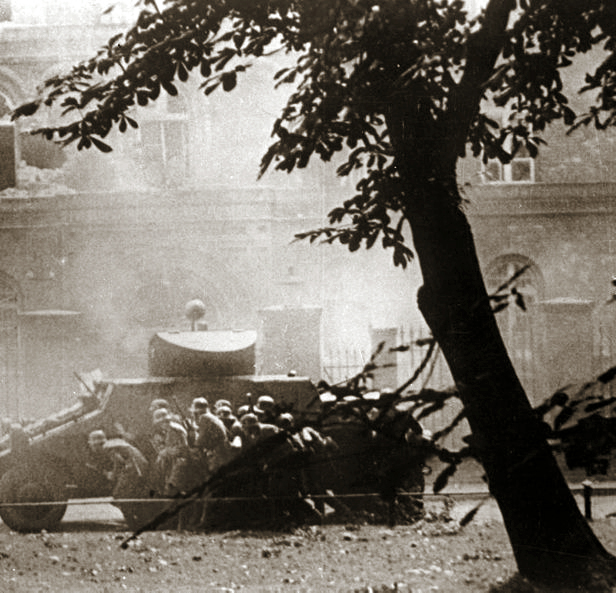
On the day of the attack, 56 people were held up at the Post Office – Guderski, 42 local employees, 10 workers who had been sent from Gdynia a few weeks prior and the building keeper, his wife and 10-year-old daughter.
At approximately 4:00 AM, detachments from the German police, supported by SS and SA units, began their siege on the Polish Post Office, at the same time the German battleship SMS Schleswig-Holstein began shelling Danzig’s harbor. The ground forces were commanded by Willi Bethke, and had with them three ADGZ heavy armored vehicles. The plan was to hit the building from two different positions, the front serving as a diversion from the main force attempting to break through at the side.
They started by cutting the telephone and electricity lines to the Post Office. Their first attempt was unsuccessful, as those who’d entered the building were quickly repelled. Two men were killed and another seven were wounded in the diversionary force. They re-organized their approach, choosing to attack solely from the side. They also increased their numbers and utilized the armored vehicles they’d brought with them.
During this attack, Guderski blew himself up while attempting to use a hand grenade to slow those advancing through the building. Unfortunately, his efforts did little, as the Germans continued past the explosion and into the building. However, they were, again, repelled by the employees within the Polish Post Office.
At this point, the siege had been going on for six hours, and there were no signs of reinforcements from the Armia Pomorze. As the workers continued to fend off the Germans, Bethke suggested that the entire building be blown up, with the defenders inside. Albert Forester, the head of the local German party, overrode this decision.
The German forces received even more reinforcements, in the way of two 75 mm artillery pieces and a 105 mm howitzer. These were used to launch yet another attack, but the defenders of the Polish Post Office continued to hold their ground.
Sneakily planting explosives during a ceasefire
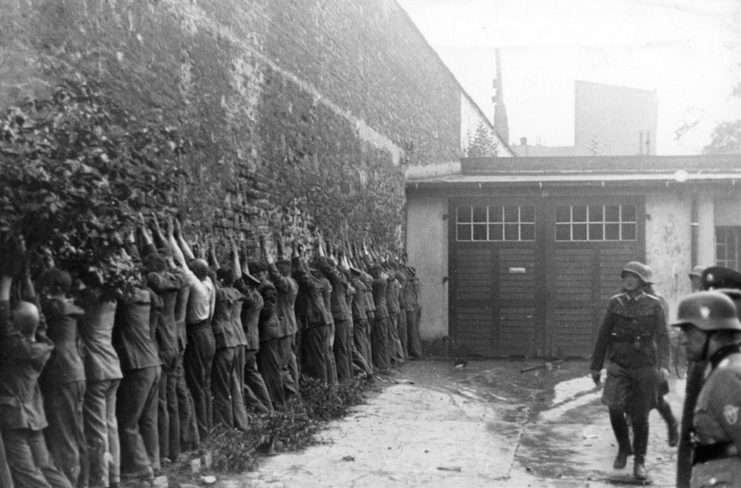
At around 3:00 PM, the Germans announced a two-hour ceasefire and demanded the surrender of those defending the Polish Post Office. They refused.
During the ceasefire, the Germans planted a 600-kg explosive along the side wall. At 5:00 PM, it detonated, causing the wall to collapse and allowing the Germans to launch yet another attack. This time, they used the commotion to their advantage and were able to capture most of the building. Still refusing to surrender, the defenders rushed to the basement for their last stand.
At this point, Bethke had grown extremely frustrated with the workers and had the basement filled with gasoline and set ablaze. Three defenders were burned alive. It was at this point, after 15 hours, that the Polish Post Office employees opted to surrender, rather than be incinerated. The first Pole to exit the building, holding a white flag of surrender, was Dr. Jan Michón, who was shot dead on the spot. The next person to emerge, Jósef Wąsik, was burned alive.
It was later determined that the reason why reinforcements had failed to arrive at the Post Office was because the Germans had also launched an attack in the Tuchola Forest, and the Armia Pomorze were engaged there.
Tried at a mock trial
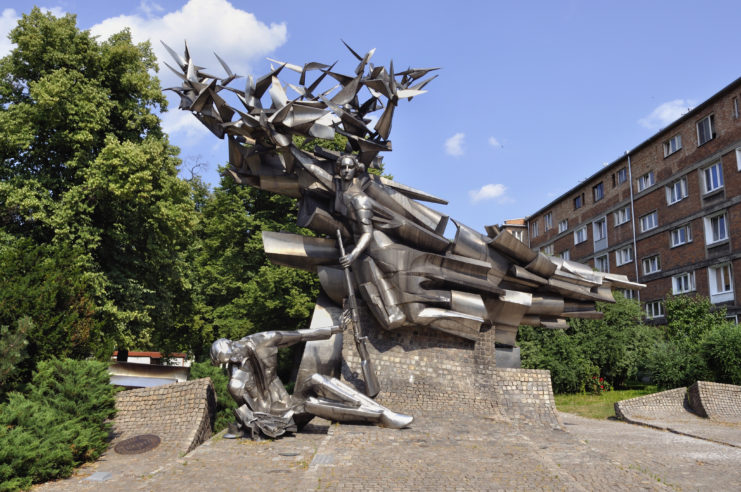
Following the surrender of Wąsik and Michón, six others escaped the siege, with two caught in the following days. Of the group, 16 were injured and sent to a hospital run by the Gestapo, where six died, including the 10-year-old girl. The other 28 defenders were imprisoned and sent to the Victoria Schule, where they were subject to rigorous interrogation and torture.
The prisoners from the Polish Post Office were put on what many believe to have been, at best, a mock trial. They were given German officers as defense lawyers, and sentenced to death as illegal bandits. As none were members of the military, they didn’t receive protection under the Geneva Convention.
Most of the prisoners were executed on October 5, 1939, at the hands of a firing squad. Their bodies were buried in a mass grave in Zaspa, which was only discovered in 1991. They weren’t the only ones to be executed, either – their families were also sentenced to death.
Only four survived the siege.
More from us: When the Germans Were Chased Out, Poland’s ‘Cursed Soldiers’ Fought to Evict the Soviets
In 1979, a monument was erected outside of the Polish Post Office, to commemorate those who fought to defend it. Two decades later, the German court in Lübeck invalidated the 1939 sentences handed down to the employees. Now, the Post Office serves as a museum that showcases the events that occurred there. It continues to spread the stories of the brave individuals who gave their lives to defend it.
